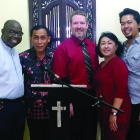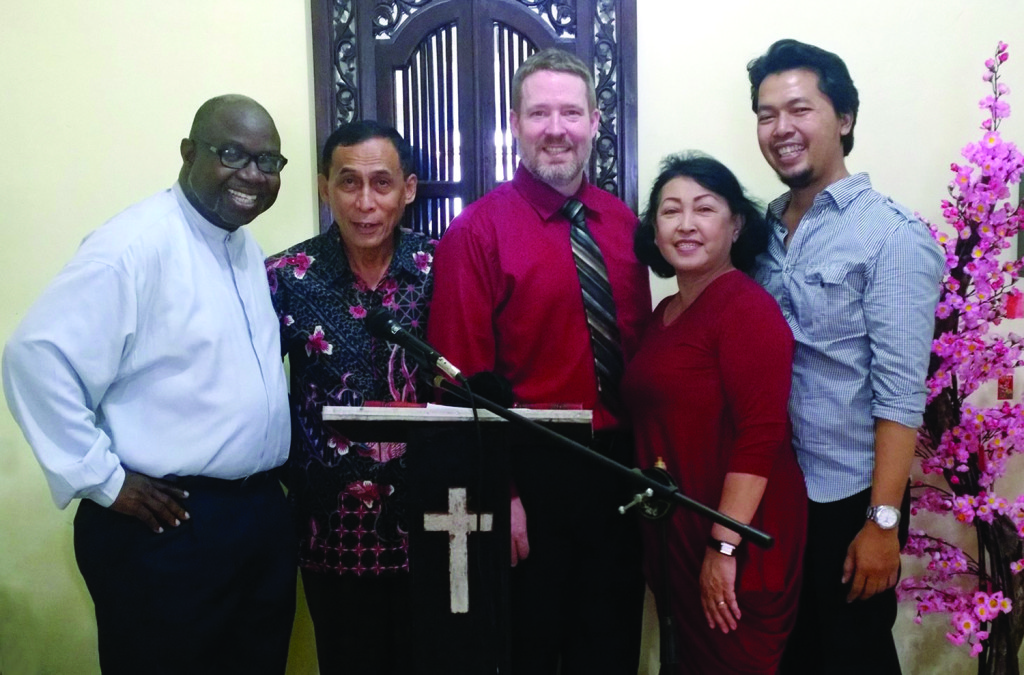
Jun 2, 2015
Growing Your Church Recipe
Clinton R. Brown, Executive Director
In March 2015, I visited the small Seventh Day Baptist fellowship in Indonesia. They are the only congregation in their primarily Muslim country and their group has shrunk to a handful of faithful believers after a series of deaths in their leadership and a subsequent move to a different community from where they had been meeting. They praise God for continually sustaining them. They are convicted that Seventh Day Baptist beliefs and general practices are scripturally correct. They feel they have no choice but to be Seventh Day Baptists. They daily pray that God will draw together a congregation of believers to be a church with them.
It is in this context that they looked to Andy Samuels, who was traveling with me, and me for advice. Since we have visited much of the SDB world, they felt we would have some insight into effective practices to raise up a congregation. They wanted us to tell them what they could do to grow their church. I wished I could give them a tract, recipe, or technique that would bring people to Jesus and make them want to be part of their congregation, but in a world with so many different people connecting in different ways, there was no simple answer for their situation. However, I could relate what I had seen in other countries that had brought some vitality to their work and a desire from those around them to want to become part of their congregation.
One example involved an SDB church in a Zambia community that had young men in their teens, unemployed, and typically involved in mischief. These youth were considered “lost” to their families and the local church. With some funds the Zambia congregation raised and donations provided through SDB Missionary Society, the church was able to buy soccer uniforms and shoes to field both a church team and a community team. Boys from the community were now involved in organized activity and became accessible for relationship, mentoring, and prayer. Today, some of those “lost” boys are reconnecting with their families, attending church, and actively being discipled.
Another example is on Corn Island, Nicaragua. There a minister from the Miami SDB church has returned to her home country due to US immigration issues. When she got there, Shirley Morgan recognized that there were many struggling single mothers and children at risk in the community. She determined to open her home for fellowship with them and take songs, snacks, and encouragement to the surrounding neighborhoods. Her willingness to respond to the local need with her gifts opened doors to relationships that have turned into others wanting to actively participate in learning more and sharing the love of Jesus.
These were examples of Seventh Day Baptists recognizing a need in their communities and joining God to answer that need with the means He was already arranging. I noted to them that Jesus did not spend a lot of His time convincing the Pharisees that they were doing it wrong. Instead He focused on those that were hurting. Likewise, I encouraged the Indonesian SDBs not to focus on converting believers to Sabbath keepers, but to go into their neighborhoods and see how sin was damaging the people around them, then look at their own lives, resources, and the Holy Spirit to see how God wants them to respond to that need. I was not interested in Seventh Day Baptists growing their congregation; I was interested in Seventh Day Baptists glorifying God in their communities, which I believe will in turn grow our churches with new members whose lives are being impacted by Christ’s love expressed through us.


